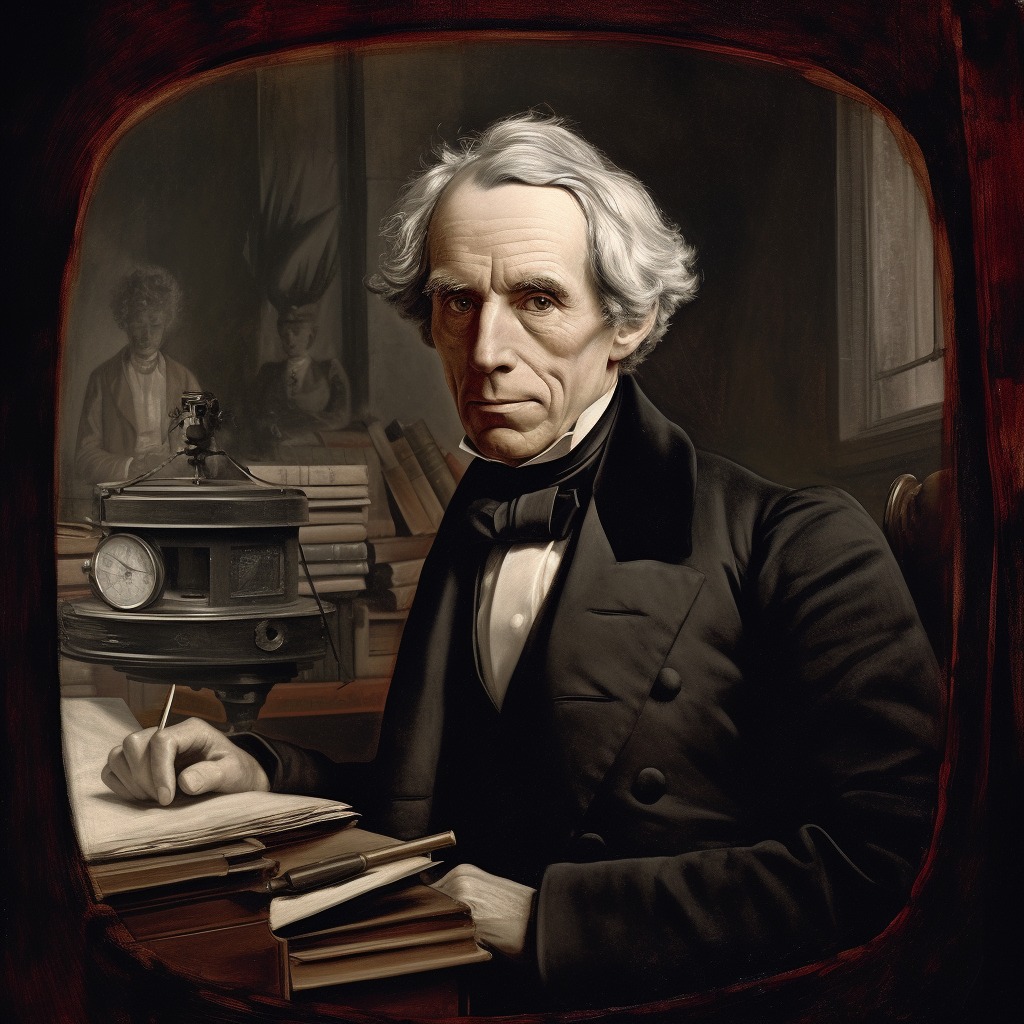The Artist Who Transformed Human Communication

Today we can talk to someone on the other side of the planet with crystal clarity and can even see them while doing it. For most of human history doing something like that wasn’t even a dream, never mind a reality. For most of that history man’s communication capabilities were extraordinarily limited. Indeed, the Battle of New Orleans on January 8, 1815 occurred 15 days after the War of 1812 had ended because no one on the ground knew the war had ended. Horses or falcons or even smoke signals were the most robust ways of communicating for most of our history.
Enter Samuel Morse, a portrait painter born in Charlestown, Massachusetts in 1791. After graduating from Yale in at the age of 19 in 1810, Morse sailed to England to study painting, the first of many visits to Europe. He became fascinated with the Renaissance, particularly with the works of Michelangelo and Raphael. While in England he painted his widely acclaimed Dying Hercules.
Morse would pursue a successful career as a portrait painter, painting such Revolutionary luminaries as John Adams, James Monroe, Thomas Pinckney and the Marquis de Lafayette. He married in 1818 and had three children with his first wife Lucretia. Lucretia died in 1825 and a heartbroken Morse would return to Europe, settling in Paris to further his study of the masters. It was there that he paint his masterpiece – albeit a financially unsuccessful one, The Gallery of the Louvre. Sadly however, by the time Morse returned home the American appetite for paintings had moved on from the classical style he had perfected and his career as an artist came to a rapid end.
Simultaneously the lingering memory of the delayed news of his beloved wife’s grave illness – and subsequent death – highlighting the harsh reality of a world entangled in the snail-paced dispatch of information would sow the seeds of his legacy. The quiet lament of a letter arrived too late would embark him on a journey that would change the world.
Morse did not technically invent the telegraph. There were a small number of British inventors who crafted electric communications machines before him, but it was his unique single wire, current interrupting system that changed the world. While other machines utilized a number of wires or required magnetic needles to point at a panel of letters and were both inefficient and of limited application, the beauty of Morse’s system was that it required a speaker and a simple operator key that would tap to interrupt the current, creating discernable sounds that were utilized to spell words using his Morse Code combination of dots and dashes. It was efficient and simple, a successful combination.
Morse and his partners Alfred Vail and Leonard Gale used a $30,000 federal grant ($900,000 in today’s dollars) to string a 38 mile long line between Washington, DC and Baltimore, Maryland to demonstrate the efficacy of his telegraph. The 1844 demonstration was a success and there began the wiring of America, with 12,000 miles of wire in place by 1850.
Suddenly news could travel across the country in a matter of minutes rather than weeks, information could travel across a city or between banks or government offices or families almost instantaneously, limited only by how long it took for the telegraph to be delivered by a runner.
This relatively instantaneous communication would change the world, with the first transatlantic wire being laid in 1858. From news transmission to stock trading to sports betting to questions of war and peace, Samuel Morse’s telegraph machine would be the dominant form of communication worldwide for more than half a century. Although the machine was eventually supplanted by the telephone, his eponymous code would survive long afterward, serving as a key communications tool during WWII and as an emergency communication tool for decades beyond.
Passing away at 80 years old in 1872, Samuel Morse the artist was a victim of his age, having abandoned painting in 1837 when American tastes moved beyond his oeuvre, but Samuel Morse the inventor was a giant of his age, channeling the heartbreak of loss into revolutionizing how mankind communicates.
